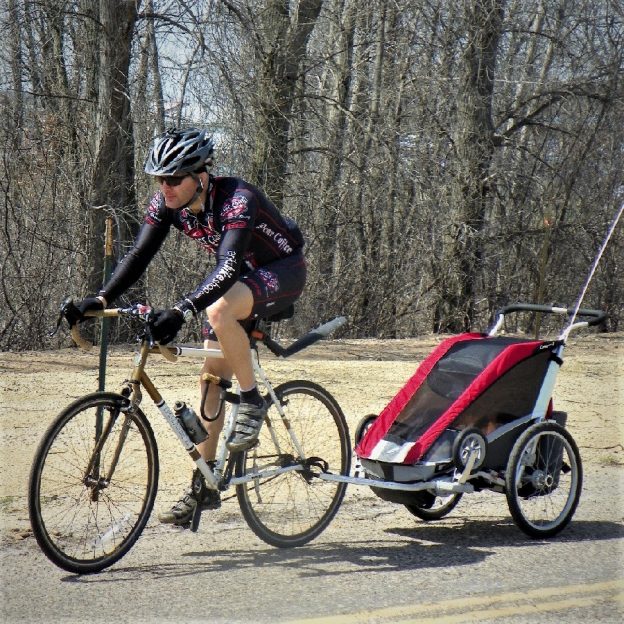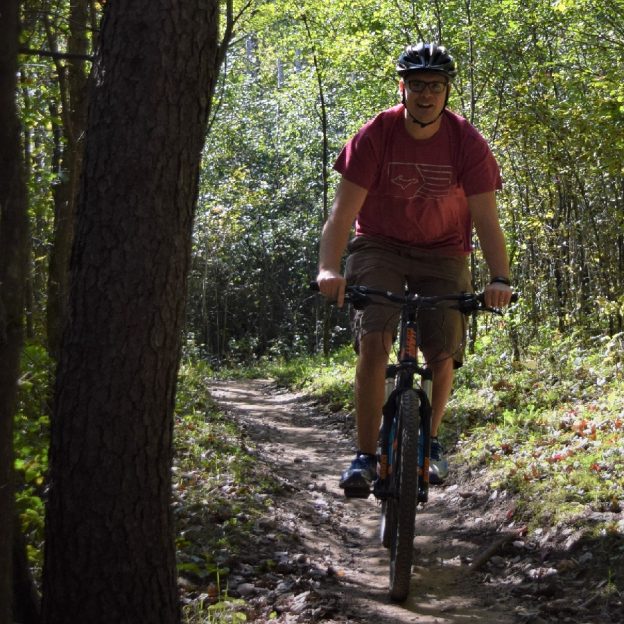Tag: riding in winter
-

Bike Pic Nov 2, a peaceful Saturday morning bike ride with junior
This Saturday, bundle up junior and get him conditioned for the cooler weather ahead.
-

First thoughts and impressions of Sealskinz Socks
It was impossible to miss the Sealskinz booth at Interbike this year. There in the center of the exhibit was a huge tub of water with a woman standing in the middle wearing nothing on her feet but socks! When I asked if her feet were wet or cold, she responded casually “nope, I’ve been…
-

Make Winter Bike Commuting Fun
As the vibrant colors of fall disappear and the winds blow predominately out of the northwest it’s time to ask. Should I ride my bike in the snow, ice and frigid elements of winter or should I take my faithful two-wheeled steed into the shop for a tune-up and store it away?
